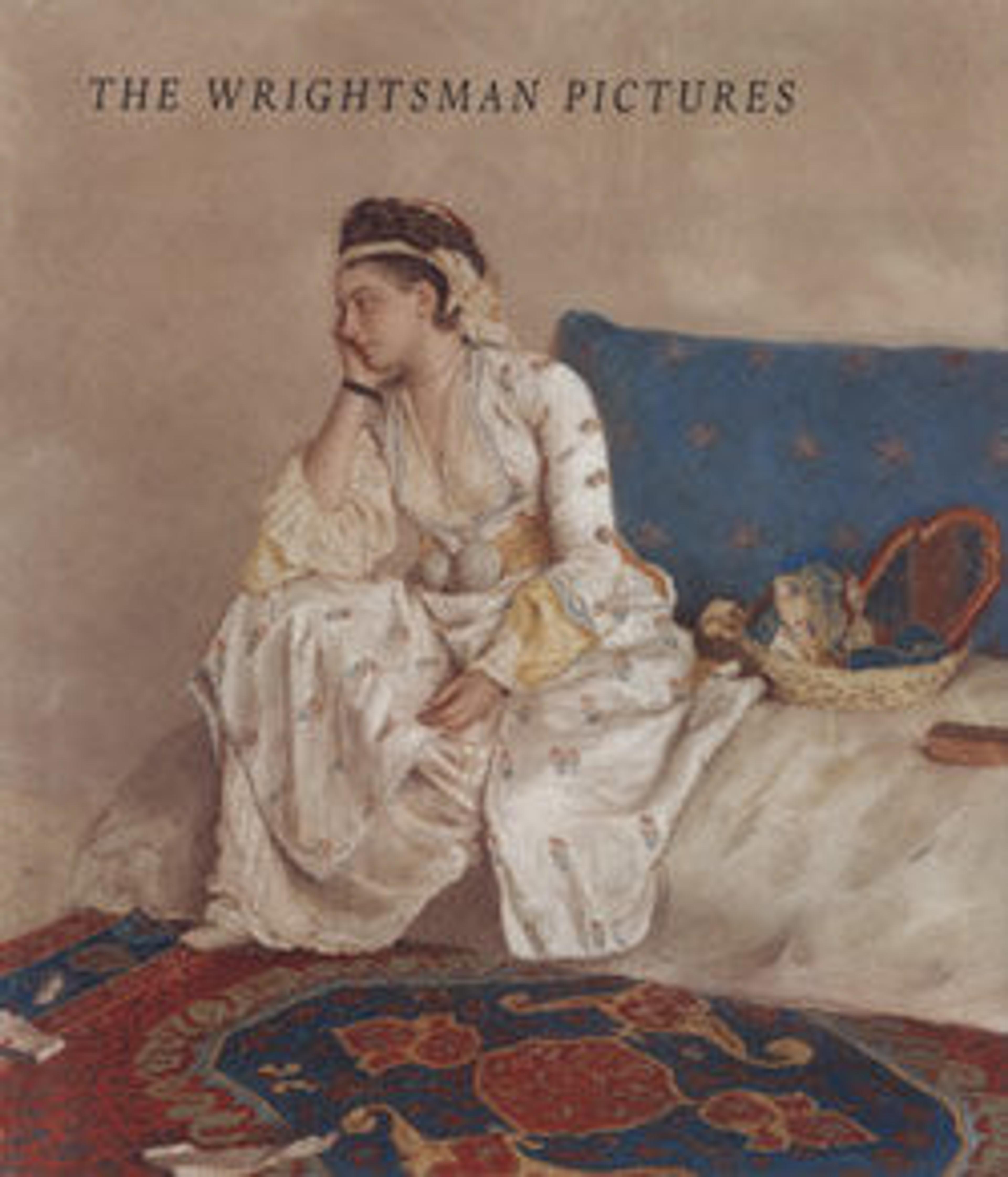A Female Allegorical Figure
Against a reflective gold-leaf ground, Tiepolo depicts an unknown allegorical figure in a monochrome palette that mimics plaster or stone. The painting above was originally part of a complex decorative scheme, possibly the Sala degli Specchi (Room of Mirrors) in the Palazzo Cornaro, Venice, and comes from a series of four works representing female allegorical figures, two of which are in The Met and two in the Rijksmuseum, Amsterdam.
Artwork Details
- Title:A Female Allegorical Figure
- Artist:Giovanni Battista Tiepolo (Italian, Venice 1696–1770 Madrid)
- Date:ca. 1740–50
- Medium:Oil on canvas, gold ground
- Dimensions:Oval, 32 x 24 7/8 in. (81.3 x 63.2 cm)
- Classification:Paintings
- Credit Line:Gift of Mr. and Mrs. Charles Wrightsman, 1984
- Object Number:1984.49
- Curatorial Department: European Paintings
More Artwork
Research Resources
The Met provides unparalleled resources for research and welcomes an international community of students and scholars. The Met's Open Access API is where creators and researchers can connect to the The Met collection. Open Access data and public domain images are available for unrestricted commercial and noncommercial use without permission or fee.
To request images under copyright and other restrictions, please use this Image Request form.
Feedback
We continue to research and examine historical and cultural context for objects in The Met collection. If you have comments or questions about this object record, please contact us using the form below. The Museum looks forward to receiving your comments.
